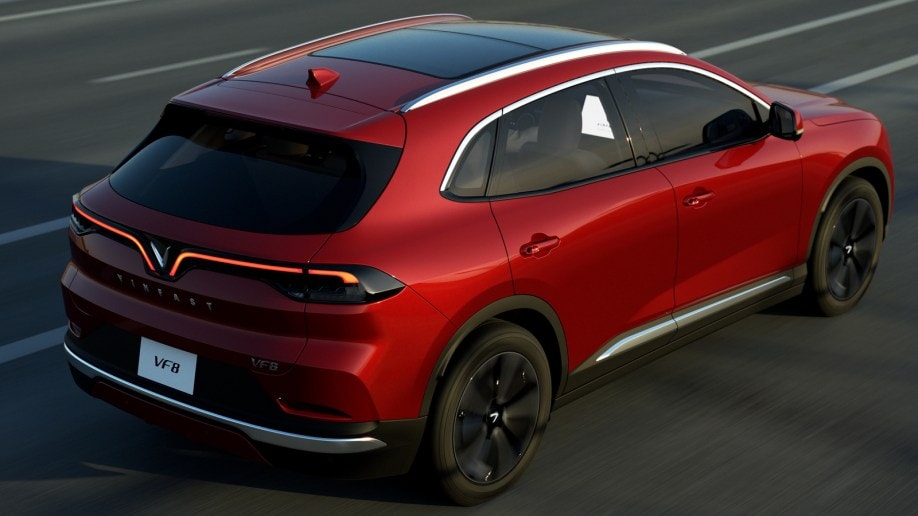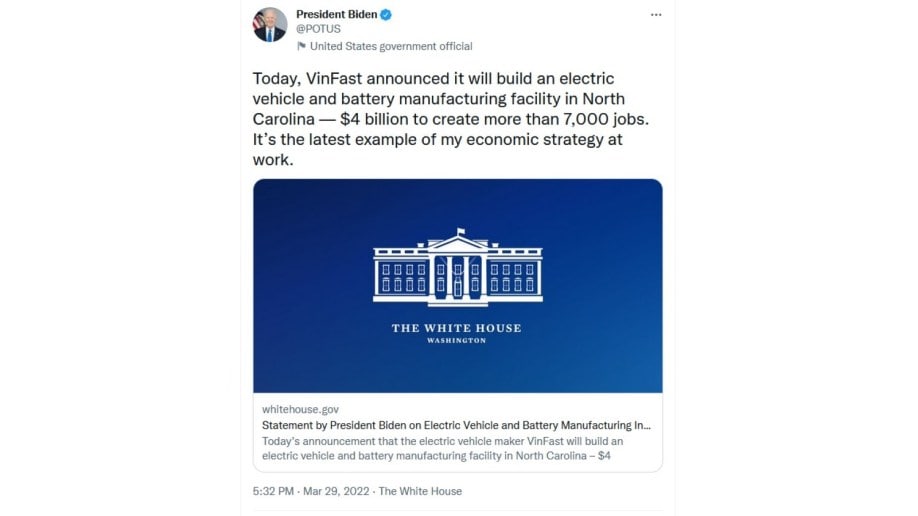
Since you probably haven’t heard of it, a primer is in order.
What is VinFast?
VinFast is barely five years old as a company but has quickly grown to become the first Vietnamese company to market cars outside that country. Five years ago, it launched selling just two models, both gas-powered and evolved from older BMW products. Today, it has offices on five continents and plans to sell a lineup of at least five electric vehicles (EVs), all clean-sheet designs, globally.
That may sound like too much too fast and fit the profile of a lot of startups that flash in the pan but never turn out to be real gold.
But there are important reasons to believe VinFast is more than vaporware. Not least of which is its rich uncle.
VinFast is a subsidiary of VinGroup, the largest conglomerate in Vietnam. The company started out producing instant noodles in 1993, but today, its operations encompass cell phones, health care, vacation resorts (more on those in a moment), real estate, Vietnam’s largest chain of supermarkets, and payment systems. It owns the world’s 17th-tallest building.
Nikkei reports that the company lost more than a billion dollars on its automotive projects last year. But that, alone, can be a good sign. Every automotive startup loses money. Tesla didn’t turn its first full-year profit for nearly two decades. The ability to absorb losses and grow is often what allows an upstart automaker to survive the incredibly expensive process of building factories, a dealership network, and a reputation that convinces Americans to take a chance on a nameplate they haven’t known since childhood.
EVs Might Make This Workable
The nature of electric cars might also give VinFast a chance. Early electric cars were conversions of gas-powered cars, like the Hyundai Kona, where engineers worked electronic components into gasoline-powered cars.
But the newer generation of EVs, like the Hyundai Ioniq 5, is designed from the ground up as EVs. These keep all their running gear and batteries in a flat, skateboard-like unit, with the passenger cabin built on top. Once they have a working design, it’s relatively easy for engineers to scale these designs up and down to build larger or smaller vehicles.
That’s what VinFast has done. At January’s CES consumer electronics show, it previewed a lineup of five electric SUVs ranging from subcompact to large, all built off one platform. That sort of manufacturing allows for economies of scale, producing multiple designs at one factory with ease. And once it is refined enough to work well for one design, tweaking it to work for another is fairly simple.
The company has a unique sales plan — buyers will get everything from an NFT to a free vacation at one of VinFast’s Vietnamese resorts with their car.
The North Carolina Factory
That factory, we now know, will be located in North Carolina’s Research Triangle area. For phase 1, VinFast plans to invest $2 billion and develop the capacity to build 150,000 cars a year. They’ll include the VF 9, a 7-passenger all-electric SUV, and the VF 8, a 5-passenger, midsize SUV. Both — for now made in Vietnam — are expected to go on sale in the United States later this year as 2023 models.
The announcement was significant enough to earn a mention from the White House, which tweeted in celebration of the investment.
None of this is a guarantee that VinFast will still be selling cars in the U.S. in 10 years. But it gives them resources many startups don’t have.
Read Related Electric Vehicle Stories:
- Electric Car Companies Guide
- How Much Does it Cost to Charge an Electric Car?
- 5 Fastest-Charging Electric Cars








